The following lecture was recorded during Providence’s 2017 Christianity and National Security Conference.
Paul Marshall discusses the historical relationships between Christendom and ‘Islamdom,’ the cultural and civilizational areas that have been associated with Christianity and Islam throughout time.
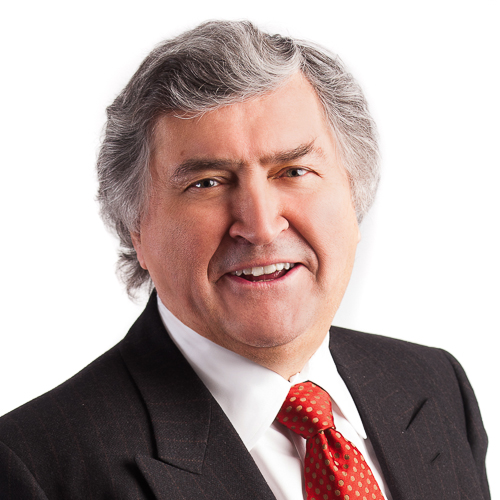
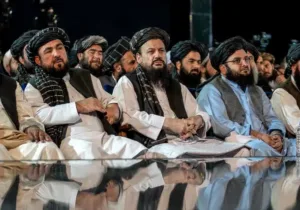
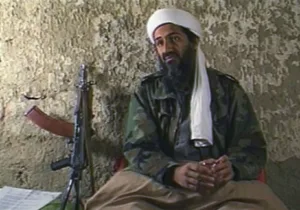
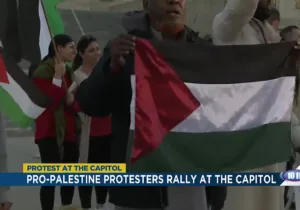

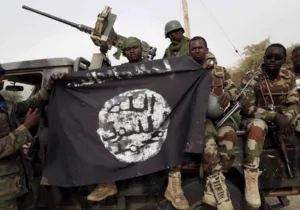

 Sponsor a student for Christianity & National Security 2024
Sponsor a student for Christianity & National Security 2024